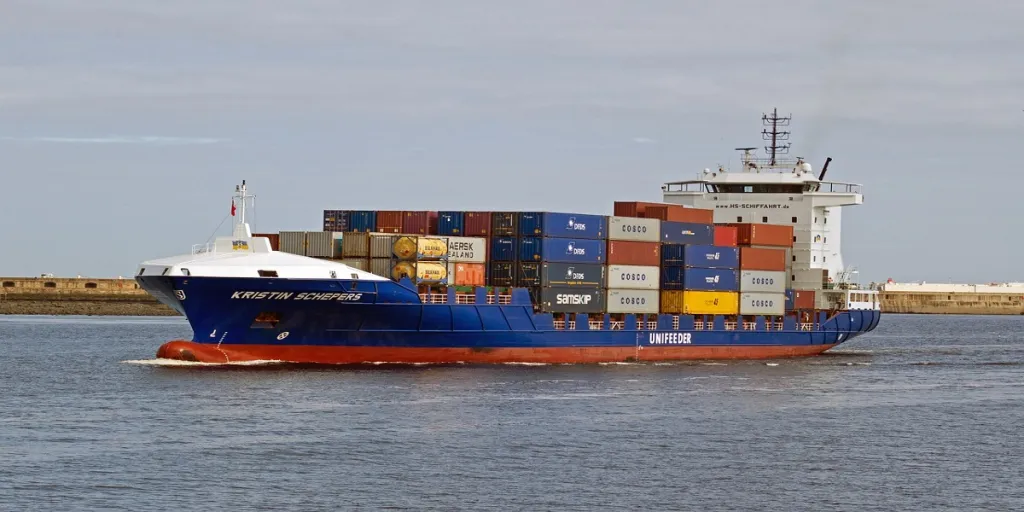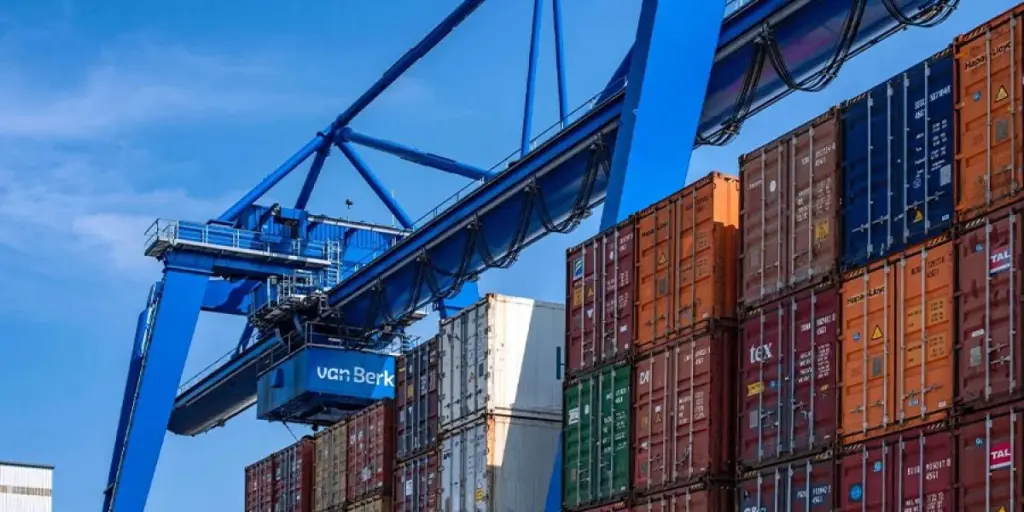A delivery manifest is a crucial document in the shipping process that provides detailed information about the cargo being transported. This comprehensive guide will explore the various aspects of delivery manifests, their importance in international trade, and how they facilitate smooth customs clearance and efficient supply chain management.
What is a Delivery Manifest?
A delivery manifest, also known as a shipping manifest, is a legal document that lists all items included in a shipment. It serves as an essential tool for shippers, consignees, customs authorities, and shipping companies throughout the transportation process.
The manifest includes critical details such as:
- Description of goods
- Quantity of items
- Weight and dimensions
- Shipper and consignee information
- Special handling requirements
- Hazardous materials (if applicable)
Types of Shipping Manifests
Several types of shipping manifests exist to accommodate different cargo and transportation needs:
Freight Manifest
A freight manifest is the most common type, used for general cargo shipments. It provides a comprehensive list of all items being transported, including their descriptions, quantities, and values.
Dangerous Cargo Manifest
This specialized manifest is required for shipments containing hazardous materials or dangerous goods. It includes additional safety information and handling instructions specific to the hazardous items being transported.
Reefer Manifest
Used for temperature-controlled shipments, a reefer manifest includes information about required temperature settings and any special handling instructions for perishable goods.
Out-of-Gauge Manifest
This manifest is used for oversized or irregularly shaped cargo that doesn’t fit standard shipping containers. It provides details on the cargo’s dimensions and any special equipment needed for handling.
The Importance of Delivery Manifests in International Shipping
Delivery manifests play a crucial role in international trade and shipping processes:
- Customs Clearance: Customs authorities rely on shipping manifests to verify the contents of shipments and ensure compliance with import/export regulations. Accurate manifests help expedite the customs clearance process.
- Supply Chain Management: Manifests provide real-time information about shipments, enabling better inventory management and coordination between different supply chain partners.
- Legal Protection: As a legal document, a shipping manifest can serve as evidence in case of disputes or discrepancies regarding the shipment’s contents or condition.
- Safety and Security: For shipments containing hazardous materials or dangerous goods, manifests provide critical safety information to all parties involved in handling the cargo.
Creating an Effective Delivery Manifest
To ensure smooth shipping processes and customs clearance, it’s essential to create accurate and comprehensive delivery manifests. Here are some key elements to include:
- Shipper and Consignee Information: Provide complete contact details for both the sender (consignor) and recipient (consignee) of the shipment.
- Detailed Cargo Description: Include a clear and accurate description of each item in the shipment, along with quantities, weights, and dimensions.
- Packaging Details: Specify the type and number of packages used for the shipment (e.g., pallets, boxes, or containers).
- Special Handling Instruction: Note any specific requirements for handling the cargo, such as temperature control or fragile item precautions.
- Customs Documentation: Include relevant customs information, such as harmonized system (HS) codes and country of origin for each item.
- Unique Identifiers: Assign tracking numbers or barcodes to each package for easy identification and tracking throughout the shipping process.
- Delivery Instructions: Provide any specific instructions for delivery, such as preferred delivery times or special access requirements.
Digital Delivery Manifests: Streamlining the Shipping Process
In recent years, many shipping companies and ecommerce businesses have adopted digital delivery manifests to improve efficiency and accuracy:
- Real-Time Updates: Digital manifests allow for real-time tracking and updates throughout the shipping process, providing greater visibility for all parties involved.
- Integration with Other Systems: Electronic manifests can be easily integrated with warehouse management systems, customs declaration platforms, and other supply chain software for seamless data sharing.
- Reduced Errors: Digital systems help minimize manual data entry errors and ensure consistency across all shipping documents.
- Faster Processing: Electronic manifests can be transmitted instantly to customs authorities and other relevant parties, speeding up the clearance process.
- Improved Analytics: Digital manifest data can be easily analyzed to identify trends, optimize routes, and improve overall shipping efficiency.
Delivery Manifest vs. Bill of Lading: Understanding the Difference
While both documents are essential in the shipping process, it’s important to understand the distinction between a delivery manifest and a bill of lading:
Delivery Manifest
- Provides a comprehensive list of all items in a shipment
- Used primarily for customs clearance and internal tracking
- Typically remains with the cargo throughout its journey
Bill of Lading
- Serves as a receipt for the shipped goods
- Acts as a contract between the shipper and carrier
- Can be used as a document of title for the goods
Both documents are crucial for international shipping, but they serve different purposes in the overall process.
Challenges in Managing Delivery Manifests
Despite their importance, managing delivery manifests can present several challenges:
- Data Accuracy: Ensuring all information on the manifest is accurate and up-to-date can be time-consuming and prone to human error.
- Compliance with Regulations: Different countries may have varying requirements for manifest information, making it challenging to create compliant documents for international shipments.
- Integration with Legacy Systems: Some companies may struggle to integrate modern digital manifest systems with older, existing software platforms.
- Handling Changes and Updates: Modifying manifests to reflect last-minute changes in shipments can be complicated, especially for paper-based systems.
Best Practices for Effective Manifest Management
To overcome these challenges and streamline the manifest creation process, consider the following best practices:
- Implement Digital Solutions: Adopt electronic manifest systems to improve accuracy, speed, and integration with other supply chain processes.
- Standardize Templates: Create standardized manifest templates to ensure consistency and completeness of information across all shipments.
- Provide Training: Ensure all staff involved in the shipping process are well-trained in creating and managing manifests accurately.
- Regularly Review and Update Processes: Continuously assess and improve manifest management procedures to adapt to changing regulations and industry best practices.
- Leverage Technology: Utilize barcode scanning and automated data entry to minimize errors and improve efficiency in manifest creation.
FAQs About Delivery Manifests
Q: How long should delivery manifests be retained?
A: Retention periods vary by country and industry, but it’s generally recommended to keep manifests for at least 3-5 years for audit and legal purposes.
Q: Can a delivery manifest be amended after submission?
A: Yes, manifests can typically be amended, but the process and requirements may vary depending on the stage of shipment and the customs authorities involved.
Q: Are digital manifests accepted by all customs authorities?
A: While many countries now accept electronic manifests, some may still require paper copies. It’s essential to check the specific requirements for each destination.
Bottom Line
Delivery manifests are indispensable tools in the shipping industry, facilitating smooth customs clearance, efficient supply chain management, and accurate cargo tracking. By understanding the various types of manifests, their key components, and best practices for management, businesses can optimize their shipping processes and ensure compliance with international trade regulations.
The adoption of digital manifest solutions and integration with other supply chain technologies will become increasingly important. By staying informed about manifest requirements and leveraging the latest tools and practices, companies can streamline their shipping operations and maintain a competitive edge.
Source from DCL Logistics
Disclaimer: The information set forth above is provided by dclcorp.com independently of Alibaba.com. Alibaba.com makes no representation and warranties as to the quality and reliability of the seller and products. Alibaba.com expressly disclaims any liability for breaches pertaining to the copyright of content.




